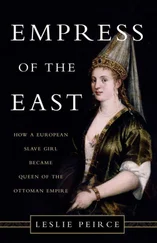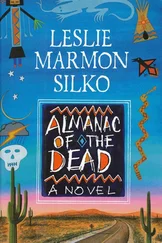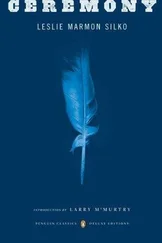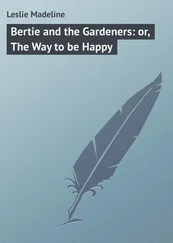The sound of the voices grew louder, and with her eyes closed and nose pressed into a big white gardenia blossom that appeared blue in the moonlight, Indigo imagined the loud buzz was bees, not human beings. More guests dressed in their Renaissance costumes with ruffled collars and feathered hats came to admire the fragrance of the giant white water lilies. Indigo began to notice then a strange effect of the moonlight: the faces and hands of white people appeared blue, while the skin of her hands appeared almost black.
Hattie, who became concerned when no one had seen the child, found Indigo sitting on a marble bench in the gardenia bower of the blue garden. The child was so serious; what was she thinking? Hattie was relieved their departure day was within a week; when the trip to Europe was behind them, Hattie intended to find the girl’s family. She joined her on the bench.
“Did you have something to eat?”
Indigo nodded. She had positioned herself so a branch with a gardenia blossom hung just a few inches away from her head.
“How’s the finger?”
Indigo extended it to her and Hattie checked the bruising and swelling, which seemed to be receding. She looked at the child’s face and detected fatigue from so much excitement over the parrot. Edward agreed with Mrs. Abbott it was inconsiderate of Susan to present the child with a live parrot without first discussing the matter with them. But Hattie felt the parrot was important to the child’s well-being, and the brass travel cage was quite handsome and compact.
“We’ll look at the blue garden together and then we’ll go home,” Hattie said. In the full moon’s light the arching bowers of white bougainvillea and white wisteria appeared a luminous silver, and Indigo was reminded of the Messiah and his family and all the dancers in their white blankets all shimmering in the light reflected off the snow.
That night Indigo dreamed she and Sister Salt were running naked in the high dunes; a cool damp wind that smelled of rain swept in low-hanging blue-violet clouds of fog and rain mist. Below them on the sandy floodplain were the Messiah and the dancers, wrapped in sky blue shawls delicate as rain mist, and then the mist swirled around them and they all disappeared.
When Indigo woke the next morning after the ball, the light from the window was dim, and she heard clicks against the window glass and a faint drumming sound overhead. It was raining! She went outside barefooted, delighted at the sensation of the wet lawn between her toes. She could hear the excited cries of the parrot as she neared the aviaries. By the time she reached the parrot’s cage the wet cloth of her dress and petticoat were clinging to her body. The parrot was excitedly flapping his wings while dancing up and down the length of his perch with his head turned to the sky, beak wide open to catch the raindrops.
♦ ♦ ♦
The Masque of the Blue Garden was the most successful yet, and the bishop himself offered a mass of thanksgiving in Susan and Colin’s private chapel the following Sunday to give thanks to God and to Susan and the other aid society women for the princely sum, which exceeded last year’s amount considerably.
Only five days after the ball, they boarded the steamship Pavonia for Bristol. The weather was overcast with light rain and the sea was choppy as they steamed out of New York Harbor. Indigo pulled the edge of her coat around the parrot cage as the breeze swept up from the last edge of land disappearing behind them. She watched the dark blue water gracefully encircle the ship; the white mouths of the waves smiled at her. “Don’t be afraid, we won’t hurt you,” they seemed to say. Now she really was far from home. It was too late to jump from the ship. She was crossing the same ocean that the Messiah crossed long ago on his way to Jerusalem. After they tried to kill him, he returned over the dark moving water; Indigo had seen him herself that night as he blessed all the dancers. She took heart because the Messiah and his followers visited the east and returned; she would too.
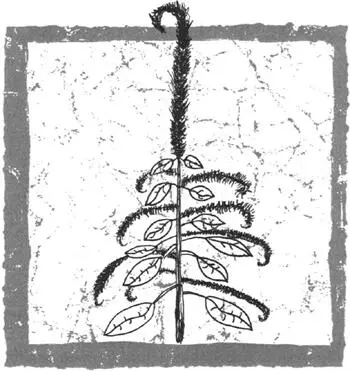

SISTER SALT dreamed Indigo was in a beautiful place full of big shady trees and water and green grass. It was such a lovely dream she didn’t cry for her sister when she awoke. She told Maytha and Vedna, two Chemehuevi girls who shared the bunks next to hers.
“Sounds like she died and went to heaven,” Vedna said. “No such place exists here.” Their faces were nearly identical but Maytha wore braids while Vedna twisted her hair into a knot at the back of her neck. Maytha frowned at Vedna and shook her head to silence her, but Sister Salt didn’t care what she said. Indigo was smiling and singing in the dream, so Sister Salt knew she was all right. Maytha and Vedna were Chemehuevis so they didn’t have much in common with the other girls, who complained about their strange ways and odd sense of humor. Vedna said that the Sand Lizard people were even more strange than the Chemehuevis, so maybe that’s why they were friends. The Cocopa, Yuma, and Mojave girls were not unfriendly but they stayed to themselves, and so did the Apache girls.
Vedna claimed she and Maytha only teased her to cheer her because they loved her. That was their private joke, and it was the signal for the teasing to begin.
“Strange way to show your love,” Sister Salt replied, and that set them off. Still laughing, Maytha exclaimed, “We Chemehuevis are strange — it’s a relief to know Sand Lizard people are stranger still!” Of course only they and their dear friends, like Sister Salt, were permitted to tease them or make jokes about the Chemehuevi people; the twins were proud and ready to punch any stranger who dared insult their tribe.
Sister Salt laughed. Stories about the peculiar behavior of the Sand Lizard people were known all along the river. In battle, as soon as the Sand Lizards started to win and get the best of their enemies, they’d stop fighting and go home instead of taking prisoners. No wonder the Sand Lizard people were almost gone. Two Sand Lizards on surveillance duty were eavesdropping on enemies when one of the Sand Lizards rustled the leaves of the tree he was hiding in, and the enemies looked up. Desperately, the Sand Lizard imitated the woodpecker’s squawk again and again until an Apache threw a rock and knocked him out of the tree. His companion, hidden on the ground, started laughing, and the Apaches got him and killed him, but his companion who imitated the woodpecker got away. Here the Chemehuevi twins laughed out loud, and Sister Salt joined them — these were everyone’s favorite Sand Lizard stories. Sister Salt teased them back; she asked where were all the stories about the Sand Lizards’ wild sexual practices?
Sand Lizard mothers gave birth to Sand Lizard babies no matter which man they lay with; the Sand Lizard mother’s body changed everything to Sand Lizard inside her. Little Sand Lizards had different markings, and some were lighter or darker, but they were all Sand Lizards. Sex with strangers was valued for alliances and friendships that might be made. In Needles the people were too kind to mention Sister Salt’s lighter hair and skin to Grandma Fleet or Mama; but down here at Parker, on the Colorado River reservation, Sister Salt found the others looked at her differently. Maytha and Vedna said long time ago some of the other tribes used to smother their half-breed babies because they were afraid of them. This was during the time the white armies came and robbed the people of their fall harvests to starve them, the people killed the half-breed babies. Chemehuevis never did that, the twins assured her. See! Chemehuevis were different too, like the Sand Lizards!
Читать дальше



